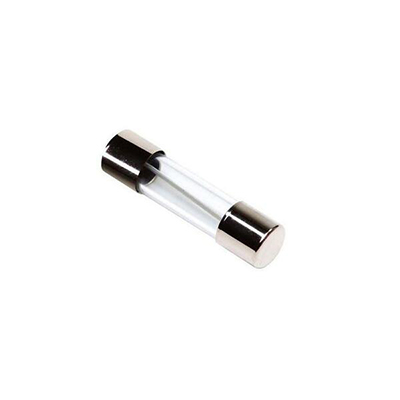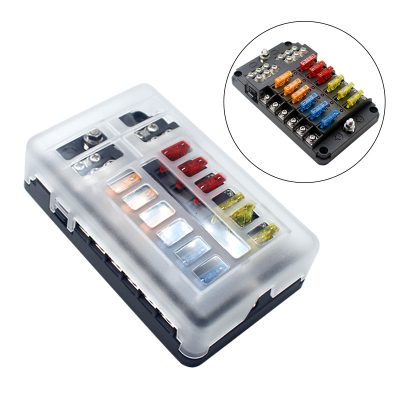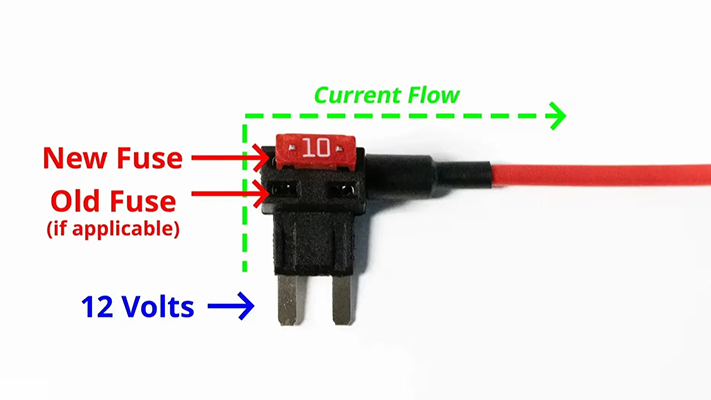Automotive Glass Fuse for Car Alternator Protection
News 2025-10-27
Automotive glass fuses are essential components in modern vehicles, designed to safeguard electrical systems from overloads and short circuits. These fuses, made from glass tubes with metal end caps, offer a reliable way to protect the car’s alternator by interrupting current flow when it exceeds safe levels. In the context of car alternator protection, they play a critical role in maintaining the integrity of the charging system, preventing potential damage that could lead to costly repairs or breakdowns. By understanding their function, users can ensure better vehicle performance and longevity, making them a key element in automotive electrical safety.

Applications in Vehicle Systems
Automotive glass fuses find extensive use in various parts of a vehicle’s electrical setup, particularly in protecting the alternator. The alternator, responsible for generating electricity to charge the battery and power electrical components while the engine runs, is vulnerable to voltage spikes and overcurrent conditions. In this scenario, glass fuses act as a first line of defense, commonly installed in fuse boxes or directly in wiring harnesses. Their application extends to other systems like lighting and audio, but their role in alternator protection is crucial for maintaining stable voltage output, ensuring that the car’s electrical demands are met without risk of failure during operation.
Key Performance Benefits
Glass fuses provide several advantages that make them ideal for alternator protection in automotive environments. They offer fast response times to overcurrent events, melting quickly to break the circuit and prevent heat buildup or component damage. This rapid action is vital in high-vibration settings like engines, where reliability is paramount. Additionally, their compact size and transparency allow for easy visual inspection, enabling quick diagnostics without specialized tools. Compared to other fuse types, glass fuses deliver consistent performance across a wide temperature range, enhancing durability in extreme conditions such as hot engine compartments or cold weather starts.
Frequently Asked Questions
1. What is the primary function of a glass fuse in a car?
It protects electrical circuits by breaking the connection during overcurrent situations, safeguarding components like the alternator from damage.
2. How do I know if the fuse for the alternator is blown?
A blown fuse often shows a broken filament inside the glass tube, and symptoms include dim lights or a dead battery, indicating a need for replacement.
3. What amperage rating should I use for alternator protection?
Choose a rating based on the vehicle’s specifications, typically between 10 to 30 amps, to match the alternator’s current draw and avoid under or over-fusing.


